Estimated reading time 17 minutes, 46 seconds.
Few people may know that a Dash 8-100 aircraft played a critical role during the manhunt for Justin Bourque, the 24-year-old man convicted of shooting and killing three RCMP officers and wounding two others in Moncton, N.B., during the summer of 2014.
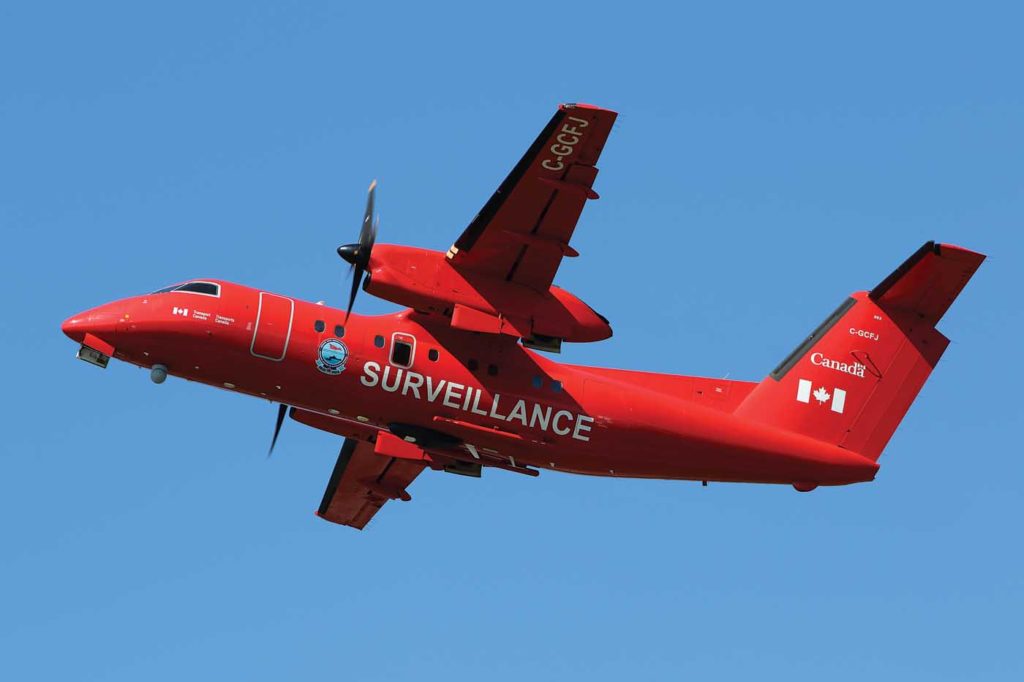
The aircraft is operated by Transport Canada’s Aircraft Services Directorate (ASD), an 82-year-old entity mandated to provide a variety of aviation services to a number of different government departments. With its fleet of fixed- and rotary-wing aircraft, the ASD logs about 15,000 hours per year flying a plethora of aerial missions where adaptability is the name of the game.

The Dash 8, which is based in Moncton to perform maritime patrols on behalf of the National Aerial Surveillance Program (NASP), is normally on the lookout for polluters, illegal fishing and even marine wildlife.
But on the night of June 5, 2014, it was pressed into service for a vastly different mission–this one over land in search of a man who later pleaded guilty to three of the highest-profile law enforcement murders in Canadian history.
“We launched the Dash 8 out of Moncton, turned the lights out, kept the flaps down for a shallow angle of bank, and brought an RCMP officer along on board,” explained Steve Buckles, director of flight operations for Transport Canada’s ASD. “They found him [Bourque] with an infrared camera and coordinated his capture with the Mounties on the ground before anyone else got hurt.”
The dramatic arrest at 12:10 a.m. on June 6 is just one example of a successful ASD mission. With its headquarters at Ottawa’s Macdonald-Cartier International Airport and 14 additional bases located from Vancouver, B.C., to St. John’s, N.L., the directorate’s 325 staff members perform an endless variety of important tasks.
Founded in 1936 by then Transport Minister C. D. Howe (who was also the architect of Trans-Canada Air Lines), Aircraft Services is a directorate within the Safety and Security Group at Transport Canada. The Group develops regulations and national standards that promote safety and security in the aviation, marine, rail and road transportation modes.
Changing with the times
Operating with a commercial Air Operator Certificate under the Canadian Aviation Regulations, the ASD’s mission has changed over the years as surely as its fleet has evolved from the Waco Biplanes of 1936 to new Bell 412EPI helicopters, which first entered service with the Canadian Coast Guard in 2016.
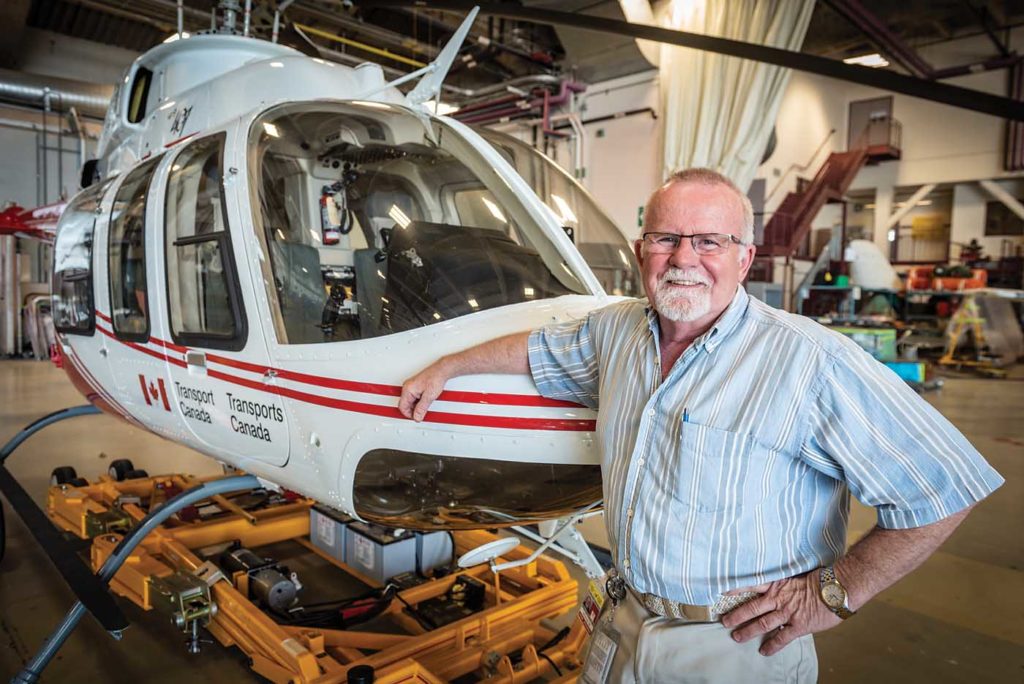
Today, the ASD’s fleet includes 40 aircraft: six Cessna Citation C550s, five Beechcraft King Air C90As, two Dash 8s, one Dash 7 IR (a one-of-a-kind ice reconnaissance variant), three Bell 407 and one Bell 206B helicopters operated for civil aviation business, and the Coast Guard helicopter fleet of 15 Bell 429s and seven Bell 412EPIs.
“We have a number of different business lines,” said Buckles. “For example, of our 325 people, 97 are Transport Canada employees but dedicated to the Coast Guard operation.”
The ASD works hand-in-hand with the Coast Guard. For example, when it was time to procure new helicopters, the agency stood up a team that included ASD members as subject matter experts.
“It was a joint effort,” said Buckles. “The folks here who would be involved with those aircraft were very engaged in the development of the paperwork ahead of time and the assessment of the criteria we were establishing, as well as development of the statement of work and the selection of the aircraft.”
He said it was a monumental challenge to put 15 Bell 429s into service in just nine months and take out an equivalent number of MBB BO 105 helicopters.
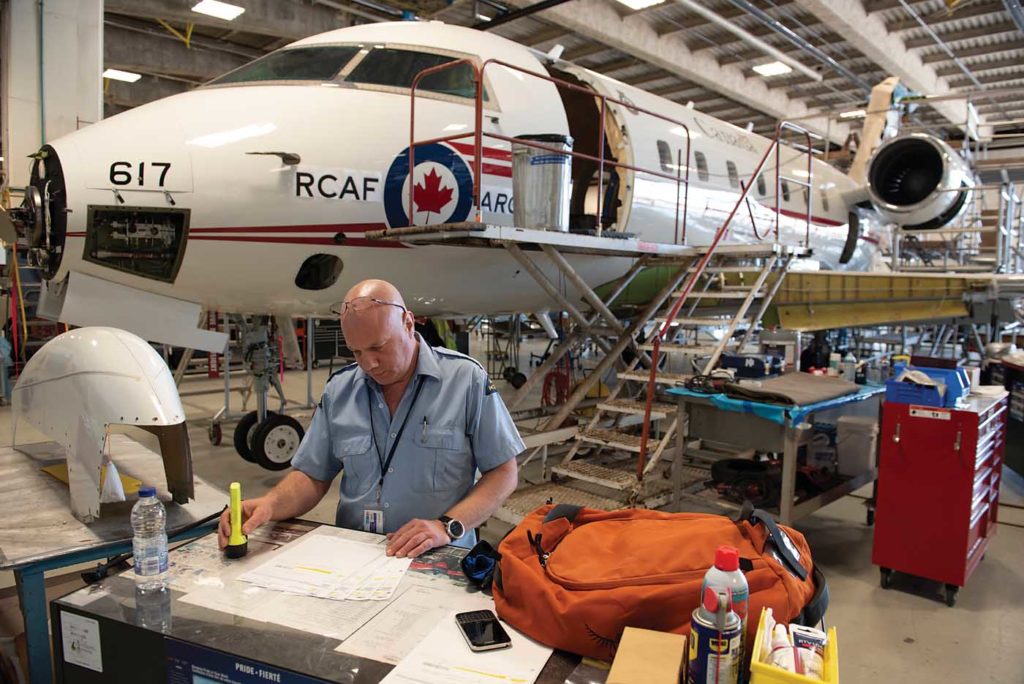
“We were really crunched for time and the change in technology from the 105s to the 429s [presented] a whole new set of challenges we had never faced before.”
Aside from its Coast Guard affiliation, the ASD does a lot of work with the Civil Aviation branch of Transport Canada and the Transportation Safety Board (TSB).
“There are a number of aviation inspectors who are pilots and part of our mandate is to provide them with airframes and the training to support them as pilots,” commented Buckles. “They use the aircraft to maintain their own qualifications, but also to move around the country to conduct inspections in the King Airs and Citations, as well as the Bell 407s and the Bell 206B.”
To support these government departments, the ASD operates a large training centre at the Ottawa airport, which includes classrooms, instructor space and simulator bays. Citation training is supported by a Level D simulator and a Level C sim complements the King Air program.
The training centre is now being expanded from 21,387 square feet (1,987 square metres) to 34,153 square feet (3,173 square metres) to add two classrooms, for a total of eight, and to make room for a third device–a brand new, state-of-the-art Coast Guard simulator that is currently being built by CAE in Montreal.
The Level D device–which will be used to support both the Bell 429 and the 412EPI–will feature a roll-on/roll-off interchangeable cockpit design. When one cockpit is being used inside the simulator, the other will sit on the mezzanine at a docking station that will allow it to be used as the equivalent of as a Level 5 flight training device.
“It will be quite unique,” said Buckles. “We’ll have one motion system, one visual system and one instructor operating system, but we’ll have two cockpits, one for the 429 and one for the 412.”
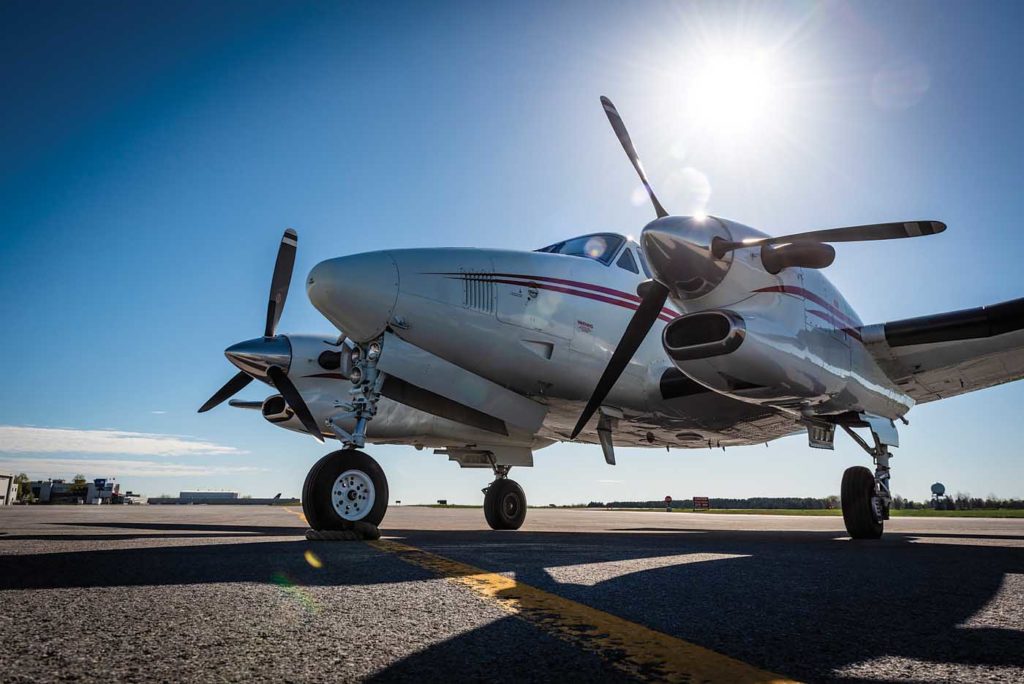
Weighing 33,000 pounds with a 12-foot visual display (versus six-foot displays in the ASD’s existing fixed-wing sims), the new helicopter simulator will be suitable for the full range of Canadian Coast Guard flight activities, with extremely high resolution visuals to support training in mountaintop, Arctic, Canadian Coast Guard icebreaker and remote coastal locations.
A bubble door and enhanced visual capability is being included to allow emergency procedures training during vertical reference sling load operations as well as a view of what the pilot would see in the cargo mirror.
“CAE will tell you it’s the most sophisticated sim in the world. It’s taking over two years to build it. The instructor operating system we’re developing with them will become their new standard moving forward for all simulators.”
Buckles said the ASD is set to take delivery of the new simulator this fall and will put it into service early next year. “There is a lot of work to do to make sure it’s right. We won’t accept delivery here until it passes all qualification tests in the plant.”
Eye in the sky
Transport Canada’s ASD is also responsible for supporting the longstanding National Aerial Surveillance Program (NASP), which has roots going back to the 1960s.
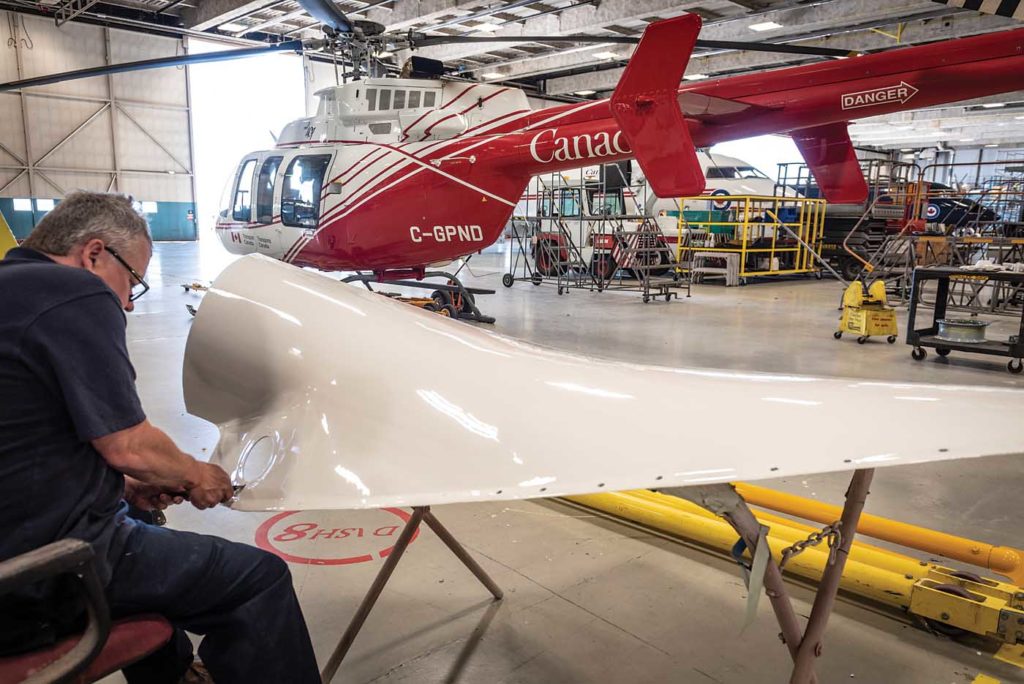
The main function of the NASP is to keep watch over Canadian waters to deter and detect illegal maritime activities, including polluting and unregulated fishing.
In the early years of the program, a Cessna 337 aircraft patrolled the Great Lakes. Today, three aircraft (two Dash 8-100s and the Dash 7 IR) cover Canada’s coastline, which at 243,042 kilometres is the longest in the world and borders three oceans.
[If required, the NASP will contract private aircraft from St. John’s, N.L.-based PAL Airlines to supplement patrols.]Painted bright red and emblazoned with the word “Surveillance,” Buckles said the three NASP aircraft serve as a powerful deterrent to illegal activity because “Big Brother is watching.”
In fact, the rate of oil spills has dropped significantly as a result of aerial surveillance. Since the 1990s, Transport Canada has tripled the NASP patrol hours and the total volume of all combined oil spills dropped from 17,816 litres in 1992-93 to 3,796 litres in 2017-18.
Like all ASD aircraft, the NASP fleet can multi-task with the best of them.

While deployed on patrols, the aircraft also monitor shipping routes, ice conditions and marine security, providing important information to other government departments including the Marine Safety and Security Program, Fisheries and Oceans Canada, Environment and Climate Change Canada and the Canadian Coast Guard, among others.
Each aircraft carries a Maritime Aerial Reconnaissance Team (MART), which is tasked with operating the onboard equipment.
Buckles said the fleet offers tremendous surveillance capability powered by the Swedish MSS 6000 Airborne Maritime Surveillance System. That system manages the data acquired by an extensive range of sensors, including a powerful Wescam MX-15 camera, infrared and video system, side-looking airborne radar (SLAR), an infrared/ultraviolet (IR/UV) line scanner and airborne AIS (automatic identification system for ships).
“The Dash 7 IR we have is the only one of its kind in the world. It’s based in Ottawa, but normally operates in the Arctic, primarily from Iqaluit, during the Arctic shipping season [July to October].”
With its bubble windows on the top and sides, and cutting edge surveillance equipment, the Dash 7 has the ability to geo-reference data and stream it live through satellites, or record it onboard to be downloaded after a flight.
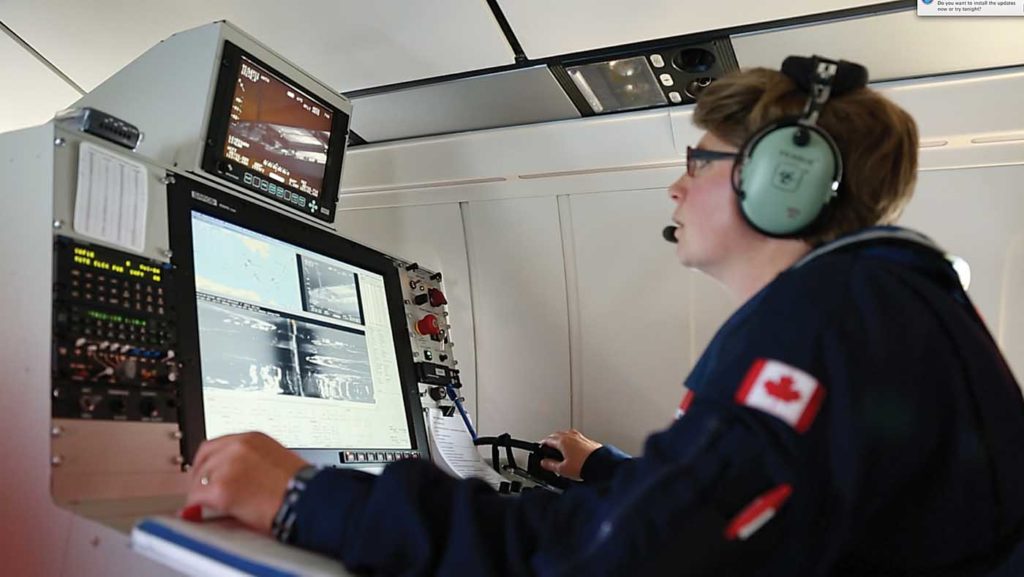
When Skies spoke to Buckles in mid-April, the Dash 7 was departing for the East Coast, where it would be involved in the Northern Right Whale survey before working its way up the coast towards Iqaluit.
The other aircraft in the NASP program consist of a Dash 8-100 based in Vancouver for West Coast patrol, and another Dash 8-100 in Moncton. If any of them spot a problem, their mission is to collect data on the activity, record the location, talk with the ship by radio if possible, and report back to the appropriate regulatory authorities who handle enforcement.
Following the Deepwater Horizon oil spill in April 2010, the worst in American history, NASP’s Moncton-based Dash 8 spent 11 weeks in the Gulf of Mexico.
The aircraft conducted aerial surveys from an altitude of between 8,000 and 10,000 feet, cataloguing the oil spill to provide critical data to the operations centre that was managing the clean-up.
“The aircraft turned pink in the sun, it was so hot,” said Buckles. “The Americans didn’t have any technology like that at the time. They were really happy with that service.”
Defence connection
In addition to the Coast Guard, Transport Canada Civil Aviation and the NASP, the ASD has connections to the Department of National Defence (DND).
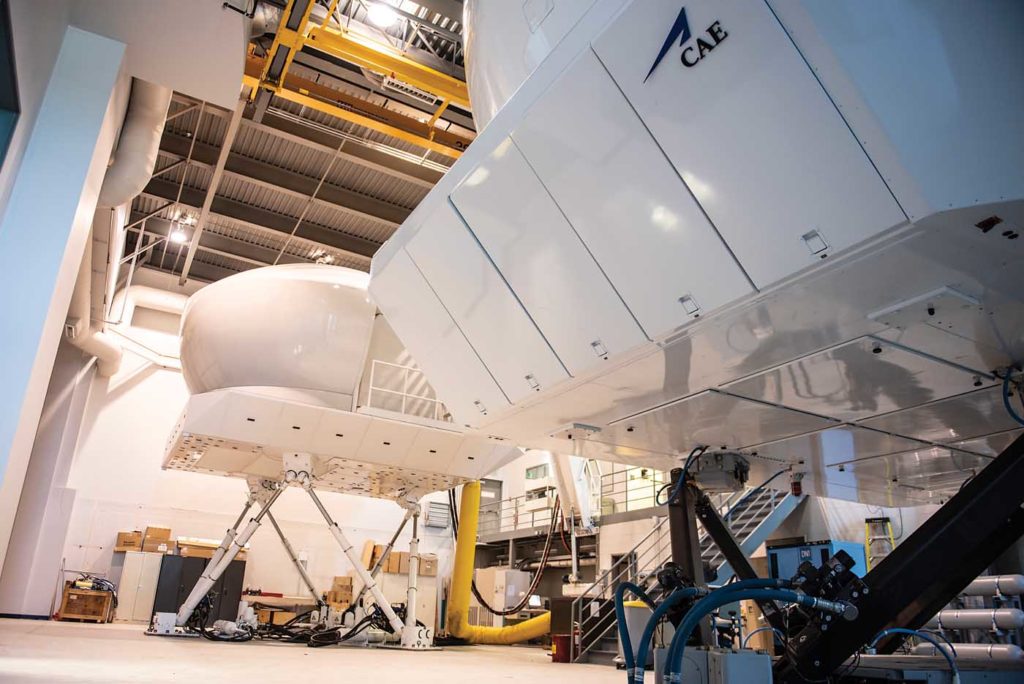
“This building was originally built in the 1960s to house the Transport Canada Exec Flight, which provided the VIP flight for the Prime Minister, the Governor General, members of Cabinet and visiting dignitaries,” said Buckles.
The responsibilities were transferred to DND in the mid-90s and now ASD’s Technical Services Branch performs all first, second and third-line maintenance for Royal Canadian Air Force (RCAF) 412 Transport Squadron, which is located onsite in Ottawa.
With four CC-144 Challenger aircraft, the squadron not only provides VIP transportation, but has also been tasked with bringing wounded veterans home from Afghanistan, repatriating imprisoned Mississauga pastor Hyeon Soo Lim from North Korea in August 2017, and inserting Canada’s elite Joint Task Force 2 into hot spots around the world.
The ASD also has a contract to perform 600-hour inspections on six to nine RCAF CH-146 Griffon helicopters each year, while it also houses and maintains the Cessna 206 belonging to the Ottawa Police Service. In Moncton, the RCMP’s flight department is located on the ASD premises, with Transport Canada providing transportation support to the national police service if needed.
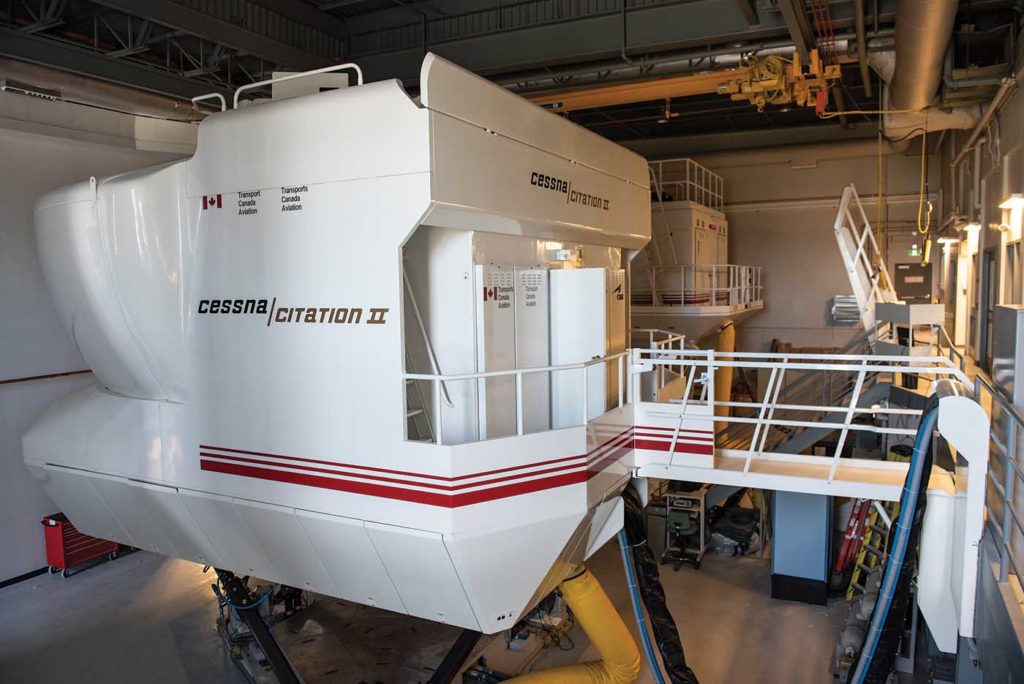
The ASD’s technical services branch is an Approved Maintenance Organization (AMO) and an Approved Engineering Organization that handles aircraft modifications through its design and fabrication capabilities in the main Ottawa hangar.
The engineering part of the organization can sign off on changes to aeronautical product type design, modification design and repair design for aircraft owned by Transport Canada, as well as engineering approval services to 412 Squadron and other clients.
Other functions of the ASD include the flight operations department, overseen by Buckles, which handles all aircraft operations and related contracts, as well as initial and recurrent pilot training programs. In addition, the Directorate has a proactive Safety Management System, with the chief of safety services reporting directly to the director general, John Madower.
A bright future
As he begins to contemplate his own retirement later this year after almost 32 years with the organization, Buckles remains enthusiastic about what he called the directorate’s bright future.

In addition to new initiatives coming down the pike with DND, the ASD is planning to construct a large hangar and staff living quarters in Iqaluit. Land has been identified, and a site survey is targeted for next year.
Along with Transport Canada Civil Aviation, the ASD is working on a proof of concept for a remotely piloted aerial surveillance vehicle.
“We have a contract with the University of Alaska for a small drone called the Sea Hunter,” said Buckles. “It’s a twin-engine, 17-foot-wingspan aircraft that runs on diesel and flies at 110 knots with eight hours of endurance. We are trialing it in the test area in Alma, Que. We have also done some successful work off the back of a Coast Guard ship with a different platform.”
Buckles came to Ottawa in 1988 from Prince Rupert, B.C., where he had been flying the Coast Guard’s Sikorsky S-61 helicopter, to work on the Polar 8 icebreaker project. It was scuttled in 1990, but apparently the idea has surfaced again.
“A design has been developed and the Coast Guard is deciding whether it wants to build this ship,” he said. “If they do, it will take us to a whole new level of operating helicopters in the Arctic. It’s an active consideration but still several years out.

“It’s a big investment, but Canada’s Arctic is precious. It needs protection, especially with the huge increase in private and commercial vessels up there in recent years. Having a government resource that can live year-round up there is very positive, I think. Not only for scientific research, but to enhance SAR capability and for protection of the environment.”
In the meantime, although the implementation of the Coast Guard’s new helicopter fleet continues (with the new simulator yet to come), there are no current plans to acquire additional aircraft of any type.
“I’m always hopeful that we’ll see some fleet renewal, but I won’t suggest there will be anything anytime soon,” said Buckles. “We’re well positioned here now. If we’re going to see an increase, I’d like to see it in the aerial surveillance program, but there is nothing underway now.”
Focus on efficiency
The ASD must stay abreast of aviation technology if it hopes to remain effective.
“We need to keep up with technology but also keep up with costs,” said Buckles. “We have an obligation to ensure the operation we run is efficient.”
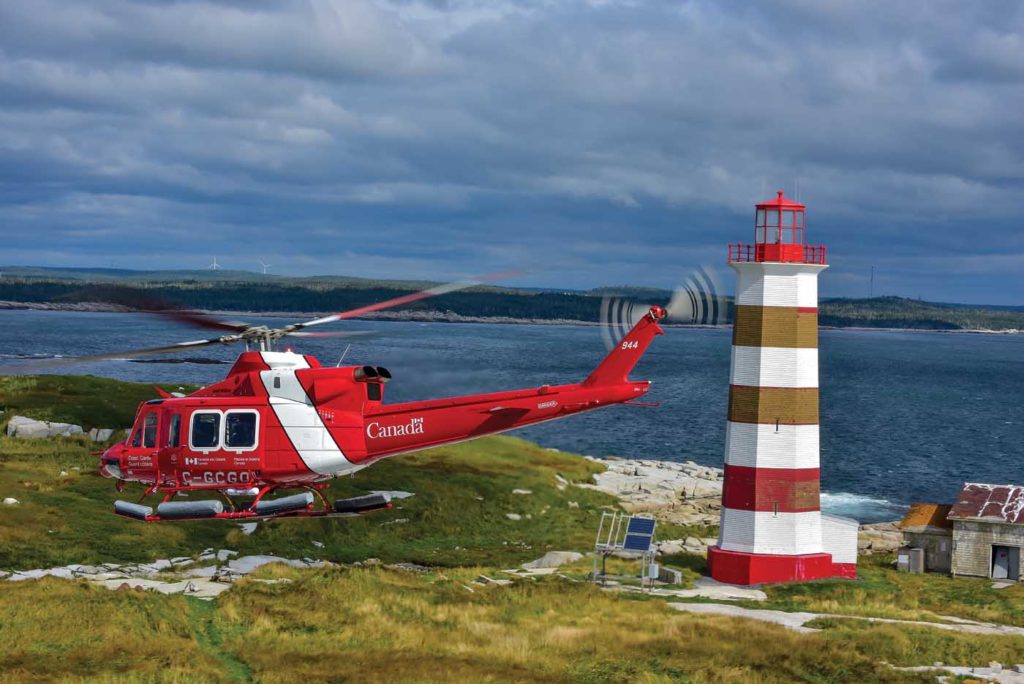
Along those lines, simulation is seen as a way to keep a lid on expenses while increasing capability.
Besides the simulators in Ottawa, the organization has invested in desktop Garmin G1000 trainers for its regional offices in order to help keep King Air flying time down. Similarly, the directorate’s Citations were upgraded about 10 years ago with the Rockwell Collins Pro Line 21 integrated avionics suite, and desktop training systems are used where those aircraft are located.
Another area of interest is flight data management. The ASD is examining its options now that some of its aircraft are capable of downloading maintenance and performance data. And the Flight Operations branch is instituting a Quality Assurance program to monitor its activities.
“We’re not looking for Cadillacs here, but for aircraft we can operate effectively and efficiently for long periods of time,” emphasized Buckles. “We keep most of our aircraft for 20 to 30 years.”
A potential cloud on the horizon is the growing North American pilot and maintenance engineer shortage. For now, the ASD has managed to attract good people who stay in their jobs for a long time. But Buckles knows that eventually, the directorate will feel the pinch.

That’s why the ASD has identified key roles where succession planning is especially important.
“Where knowledge transfer is critical, we must have overlap. We have been doing that in several key roles in the organization–mentoring and transferring knowledge and trying to think ahead. We practice anticipatory staffing as much as possible.”
The Aircraft Services Directorate has weathered a lot of change since it was founded more than eight decades ago.
Change is a constant in this business, and Transport Canada’s proposed amendments to Canadian flight and duty time regulations could mean yet another hurdle to jump, particularly for the Coast Guard operation.
“[The changes] won’t apply to CARs 702 operations, which is the NASP. We’re still analyzing the changes, but the biggest impact will be on the Coast Guard–we are still evaluating how it might affect the operation.”
Regardless, Buckles is enthusiastic not only about the ASD’s past, but most importantly its future.
“We’ve managed to bring together a great team,” he concluded. “I firmly believe we borrow places from the future, and I want to give this back in better shape than when I got it.”

